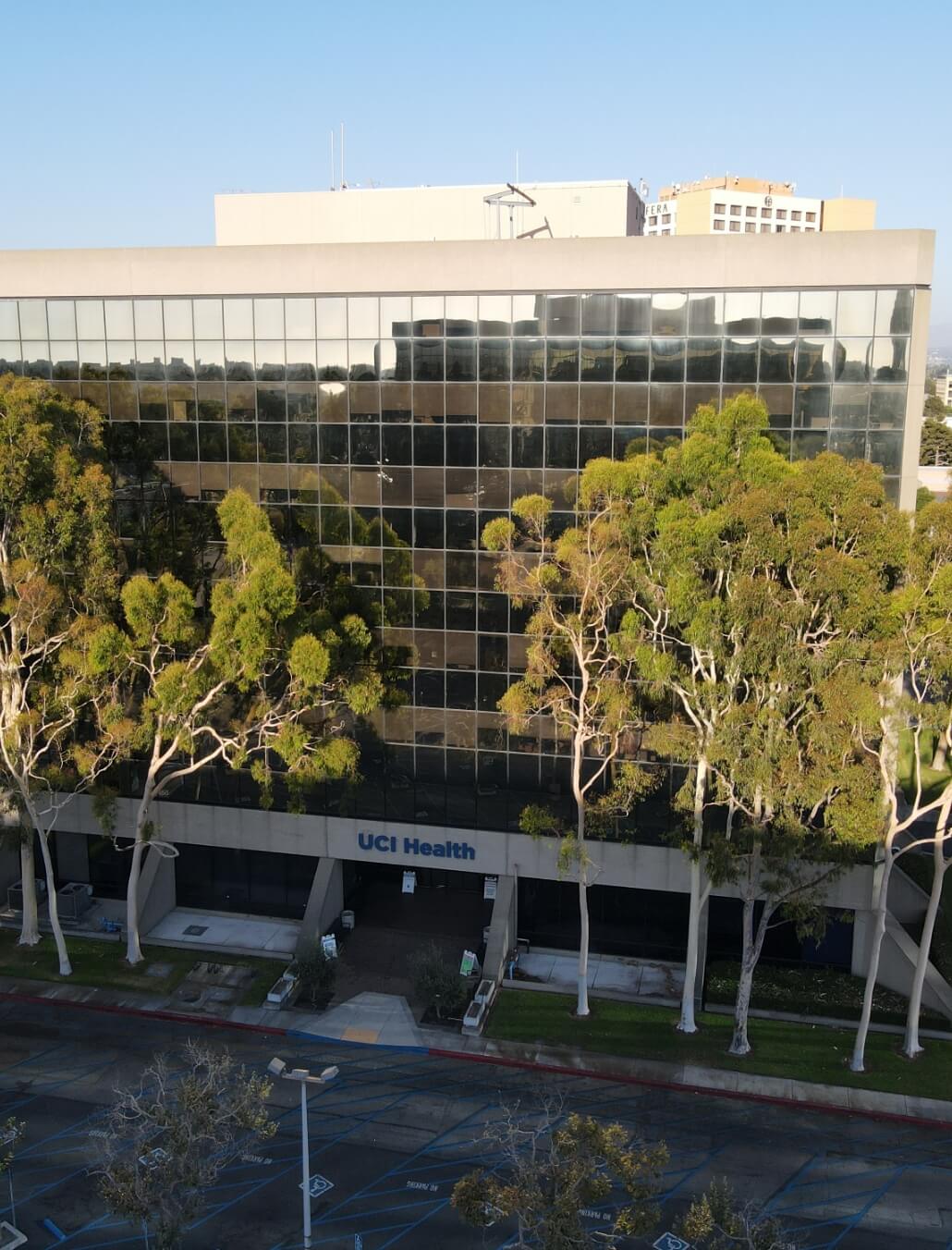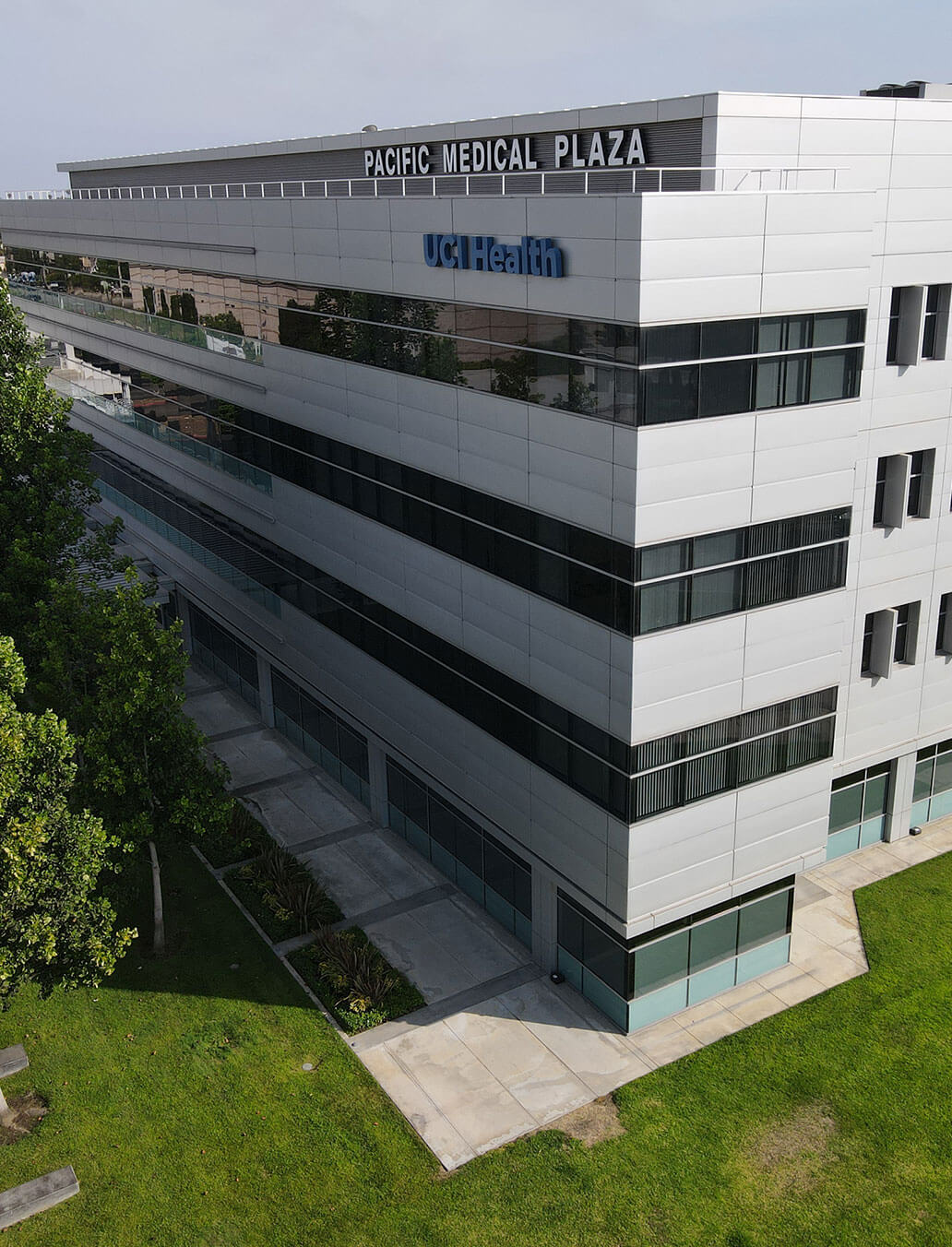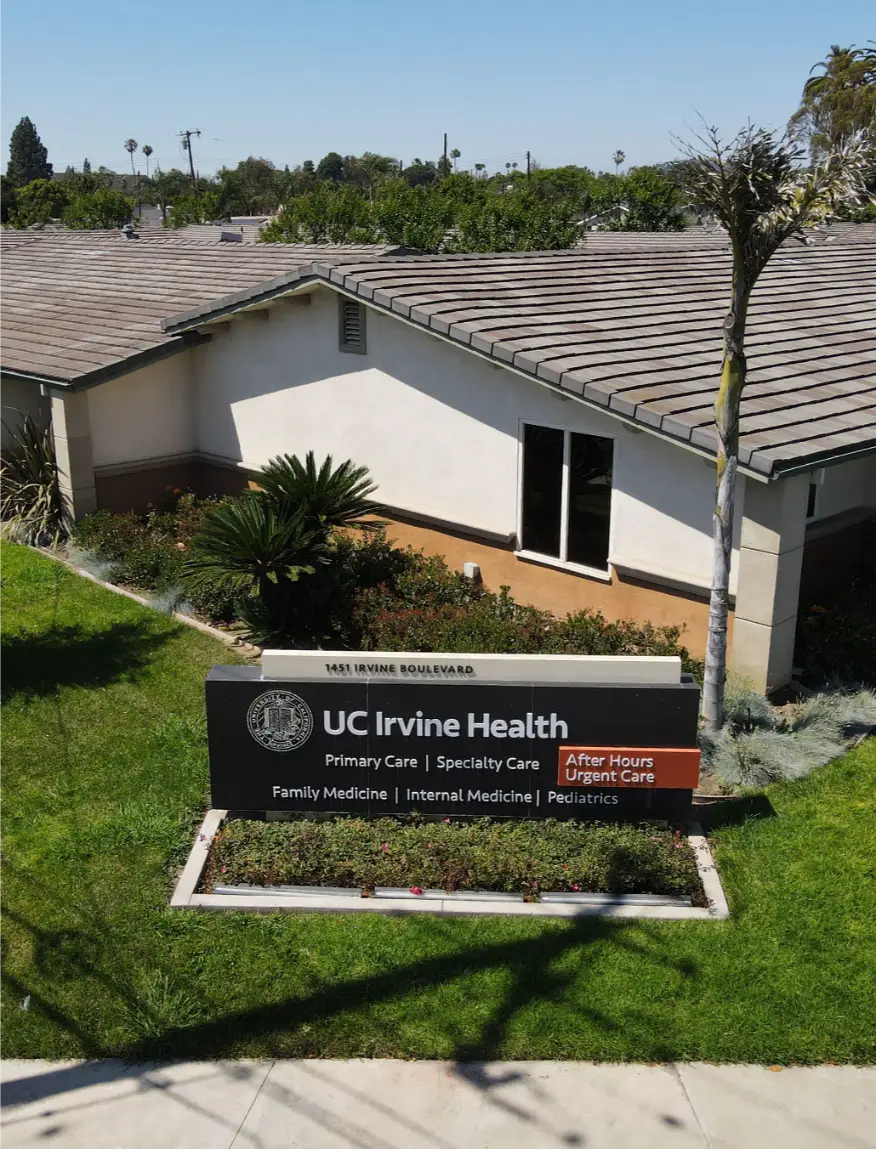Many children are born with vascular anomalies — malformations of the blood vessels that show as discolored skin or tumor-like lumps. Other people develop these vascular anomalies later in childhood or as adults. Many vascular anomalies are harmless and cause no cosmetic concern. But some can present severe health risks or cause troubling disfigurement.
The doctors at UCI Plastic Surgery are leaders in the field of cosmetic and reconstructive surgery, with special expertise in treating children and handling challenging repairs in adults. Through their teaching and lecturing roles at UCI, they stay current with state-of-the-art techniques and technology. With their advanced technical skills, they consistently produce better, more natural-looking results for patients of all ages.
To learn more about treatment for vascular anomalies in Los Angeles, contact UCI Plastic Surgery to schedule a consultation at one of our three locations: in Orange, Costa Mesa, and Tustin, CA.
What Are Vascular Anomalies?
Vascular anomalies are abnormal formations of blood vessels, veins, capillaries, arteries, or lymph vessels. They can take the form of birthmarks or areas of skin discoloration or as growths that protrude or develop inside the body. Some can cause pain, swelling, or bleeding.
Most vascular anomalies are present at birth and grow along with the child. Others may be present at birth but only become noticeable as the child grows older. Some vascular anomalies that are present at birth disappear naturally in the early school years. Others remain permanently unless removed with treatment. Vascular anomalies can also appear later in life, in some cases triggered by hormone changes in adolescence or during pregnancy or by increased blood flow between abnormally connected veins and arteries.
Vascular anomalies fall into two main categories.
- Vascular tumors: Benign (non-cancerous) tumors composed of blood vessels that have developed abnormally and clustered into masses. Vascular tumors can appear as raised growths above the surface of the skin or as lumps of vessels under the surface of the skin or deeper in the body.
- Vascular malformations: Benign (non-cancerous) lesions that are present at birth. These might be noticeable as discolored areas of skin or invisible as lesions within the body, including on the brain.
Some forms of these two broad types of vascular anomalies can look similar, but their composition and structures are quite different and require alternative treatment approaches.
Vascular tumors include the following.
- Hemangiomas: Vascular birthmarks made up of immature blood vessels are the most common type of vascular tumor. Different forms of hemangiomas can appear as red or blue marks on the skin. Some are present at birth and disappear within the first year. Some appear in the first few weeks of life, grow during the first year, then gradually fade away by the early school years. Others do not disappear on their own and may need surgical removal.
- Pyogenic granulomas: Small protrusions from the skin, filled with blood vessels and covered by a thin layer of skin. These can bleed heavily when something breaks their surface.
- Glomangiomas: Bulges of bluish-purple lumps made up of malformed glomus bodies, an element in the skin that controls surface blood flow to regulate heat. While glomangiomas are benign and do not present a health risk, they can be uncomfortable and sensitive to touch or pressure.
- Rarer conditions, such as Kaposi’s sarcoma, angiosarcoma, and hemangioendotheliomas
Examples of vascular malformations are as follows.
- Capillary malformations, commonly known as port-wine stains
- Abnormal arteries or veins
- Abnormal lymph vessels
- Spider angiomas: Arteries formed close to the surface of the skin, visible as a central red dot with branches spreading from it
- Angiofibromas: Raised pink bumps on the skin
- Syndromes that combine vascular malformations with other anatomic anomalies, such as Sturge-Weber syndrome, Klippel-Trenaunay syndrome, Parkes-Weber syndrome, CLOVES syndrome, and Proteus syndrome
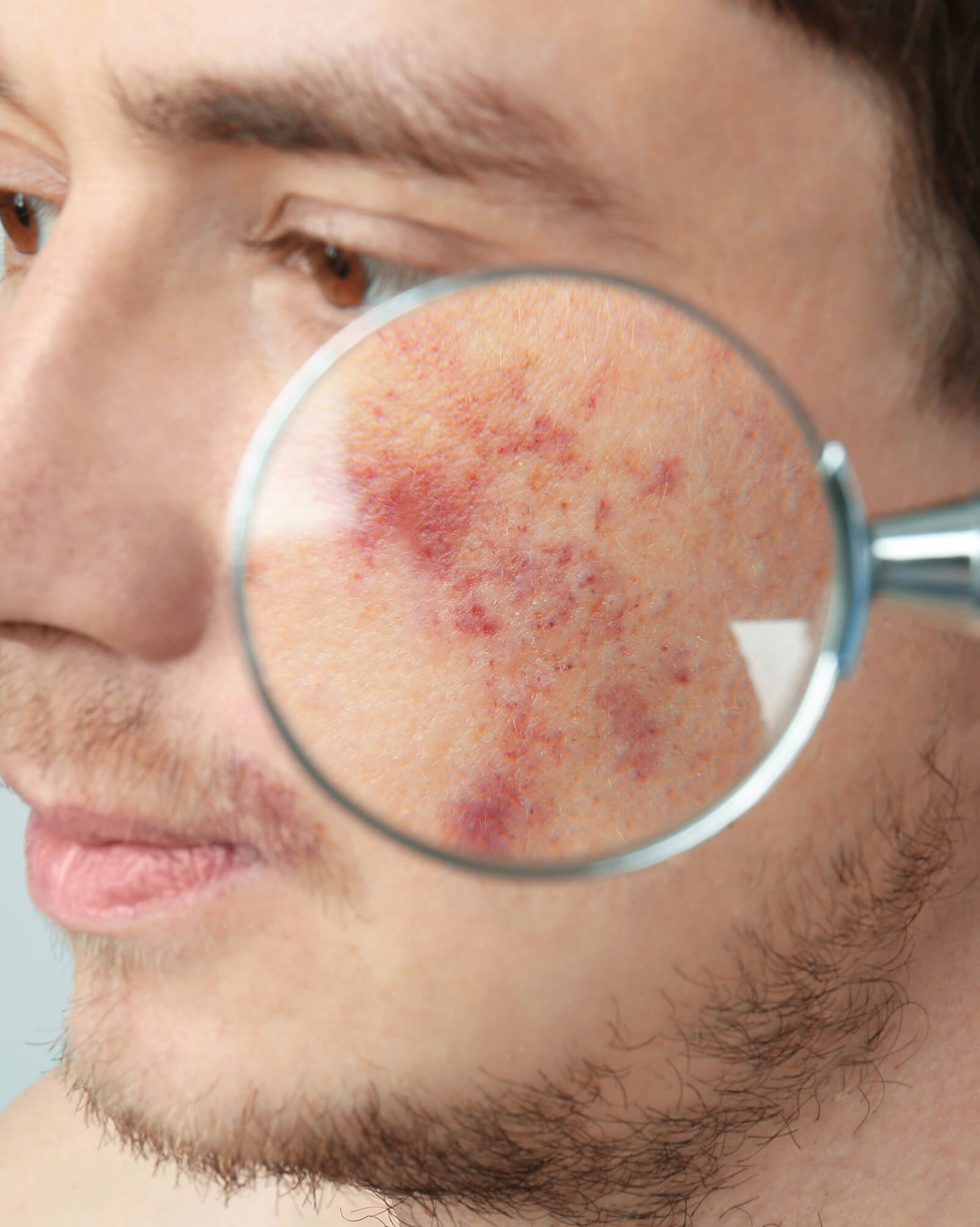
When Do Doctors Recommend Treatment for Vascular Anomalies?
Some vascular anomalies don’t need treatment. They present no health risks and are likely to resolve naturally early in childhood.
Others present health risks from:
- Excessive bleeding
- Impaired circulation
- Obstruction of vision or movement
- Pressure on an organ or body part critical to health, such as the windpipe, brain, or heart
Vascular anomalies can also be disfiguring, sometimes enough to damage a child’s self-esteem and self-confidence.
When a child’s health or cognitive, emotional, social development is at risk because of a vascular anomaly, treatment can restore a normal life and a bright future.
What Treatments Correct Vascular Anomalies?
Treatment of vascular anomalies often requires a team of specialists. At UCI Plastic Surgery, our cosmetic and reconstructive surgeons play a key role in treatment, coordinating with vascular surgeons, the patient’s pediatrician, and other specialists as the case requires.
Depending on the type and severity of the vascular anomaly, treatment may include the following.
- Medication to shrink vascular tumors or lesions: Such as immunosuppressants, corticosteroids, or beta-blockers
- Sclerotherapy: Injecting a substance to block visible, superficial blood vessels, causing the growth of replacement vessels further below the skin’s surface. This technique can also shrink vascular lesions.
- Embolization: Treatment to close malformed blood vessels, typically performed endoscopically by threading a fine catheter through the circulatory system to the treatment site and depositing an agent to close the vessel.
- Laser ablation: Laser treatment to close or remove a blood vessel that is visible near the skin’s surface. This approach can also remove port-wine stains and external vascular tumors.
- Surgery to remove vascular tumors or lesions: For vascular anomalies that less invasive measures can’t corrected.
- Cosmetic surgery: To minimize scarring and restore a normal appearance.
Multiple treatments may be necessary to fully correct vascular anomalies. It can take more than one treatment to shrink or eliminate a vascular problem. Over time, malformed vessels or tumors a patient has had eliminated or reduced with treatment can reappear, requiring repeat procedures.
The surgeons at UCI Plastic Surgery are experts in the use of sclerotherapy, embolization, laser ablation, and surgery to remove or reduce vascular anomalies at or near the surface of the skin. Once treatment has successfully corrected a vascular anomaly, they are also skilled and experienced in performing surgery that addresses cosmetic concerns to minimize scarring and restore an unblemished appearance to the affected area. They understand the health risks of these conditions and the value of giving a child a normal appearance for healthy development and a confident future. These procedures are also typically approved by insurance.
Start Your Journey Today!
UCI Plastic Surgery is a leader in the field of cosmetic surgery. Each of our specialists is highly knowledgeable, trained, and committed to bringing our patients the latest advancements in the field. Learn how our experts can help you obtain industry-leading results by scheduling a consultation today.
Schedule A Consultation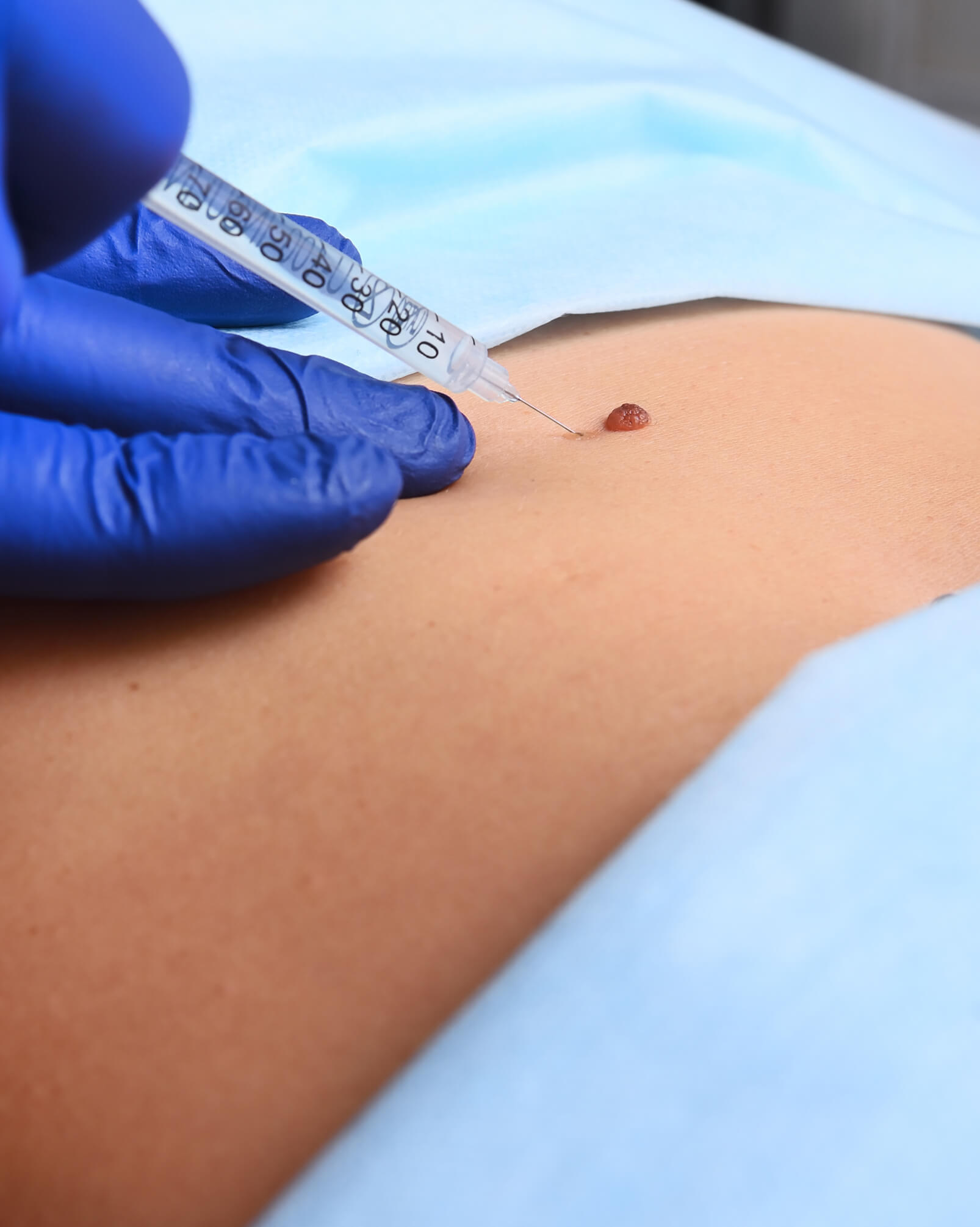
Learn More About Treatment for Vascular Anomalies in Orange County
Contact UCI Plastic Surgery today to schedule a consultation and find out whether treatment is warranted for your child’s vascular anomalies and, if so, how treatment can help. We’ll answer your questions and explain the approach we recommend, based on your or your child’s unique needs. We have three Los Angeles-area offices: in Orange, Costa Mesa, and Tustin, CA.
